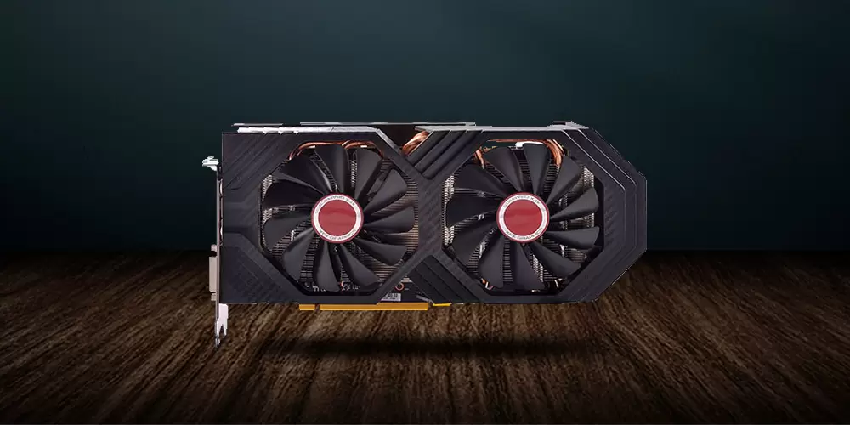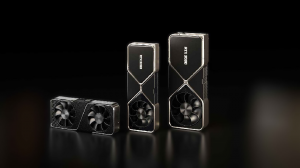
Graphics Cards for PC: Tips and recommendations
PC gamers have very suggestive advantages when it comes to enjoying their favorite games. Among them, is the possibility of updating the components of your equipment to always be at the forefront in terms of experiences. Thus achieving visual quality and performance is almost impossible to find on desktops or through cloud gaming. Aspects that, in general, are at the service of the Graphic Cards.
Starting from the most basic, Graphics Cards -or graphics accelerator cards- are expansion cards that serve as both support and reinforcement for the central processing unit (CPU) of our PC. Through the GPU (Graphics Processing Unit) of each card, it is possible to improve the processing of our PC and, consequently, optimize the gaming experience. And, depending on the model, squeezing everything that the software itself can offer.
Essential Tips And Recommendations For Choosing A Graphics Card
We agree that the design of a Graphics Card is absolutely secondary. Some may look better than others, and many boxes allow us to see inside the PC and gloat over what’s inside. But our main purpose is to be pragmatic and point out exactly what we must take into account when updating, renewing, or brand new cards. Which inevitably leads us to the usual question: Nvidia or AMD?
Collision Of Giants: Nvidia Cards Vs. AMD Cards

Although they are not the only alternatives in terms of hardware, it can be said that those who set the pace in terms of Graphics Cards are Nvidia and AMD. A collision of titans that began in the 90s is renewed year after year through its new models.
In terms of sales, Nvidia is the one that takes the lead. In terms of technology, it can be said that both are benchmarks, and if the NVIDIA GeForce RTX 3000 are real beasts, the prices of the AMD Radeon RX 6900 XT make them more greedy. And despite the fact that not too long ago we saw that AMD overtook NVIDIA with the bestial Instinct MI100, we know that neither of them has said their last word.
A technical tie? Absolutely. In fact, our priority and what is truly important is not to get the best card, but the one that best suits our team and, by extension, our games.
Quick Recommendations Before Buying A Graphics Card
What is the use of having a Graphics Card whose price is equivalent to that of four new generation consoles if we are really going to play Stardew Valley from a Full HD monitor? Another thing is that we want to embrace the competition in Call of Duty. And even in that context, we will need a good internet connection.
With that ahead, keep in mind that there are several preliminary considerations:
- What card do I have installed? A highly recommended starting point when evaluating a purchase is to see what we currently have in our equipment. We can easily do this through the System Information tool that comes pre-installed in Windows, under the Display tab.
- For the optimal gaming experience, graphics cards aren’t the only component you should invest in or upgrade. When organizing a budget you must take into account the CPU or RAM. And, as far as possible, start investing in SSD drives.
- In addition, it is convenient to have a monitor with a resolution and a refresh rate according to the investment. For example, if our monitor offers a maximum of 60Hz and 1080p, why pay more for a technology that -literally- our screen cannot reach?
- On the other hand, keep in mind the distribution of the PC case itself and, even more importantly, the power supply. The TDP (Thermal Design Power) marks the maximum consumption, overclocking possibilities, and power requirements.
In short, very possibly the first time we bet heavily on graphics we should accommodate our team and its components. With that ahead, it’s time to specify what we should look at when comparing different models of Graphics Cards.
Power, Speed, And Memory Of A Graphics Card
With the above established, it is time to start from the essentials and return to the original concept: the more powerful the GPU, the more information can be calculated and displayed in less time and, by extension, the better our gaming experience will be.
Game developers assemble their creations, ambitious and technically modest, based on this premise, and, consequently, each PC video game is preceded by minimum and recommended requirements that establish the quality margins that the game can achieve. Also, if it’s a big project, the requirements to play with the settings on Ultra are also offered.
Do Not Close The Door To Virtual Reality
Whether or not you are interested in making the leap to virtual reality, since you change your graphics card, take advantage and get ready for it. Either play Half-Life Alyx or get addicted to Beat Saber.
In the case of Oculus Rift, the minimum that is required of us is an Nvidia GTX 1060 or higher, or AMD Radeon RX 480 or higher
In addition, Valve recommends for its Valve Idex we are asked for an Nvidia GeForce GTX 970 or better, AMD RX480 or better
They are two examples of devices, of course. If you already have some headsets or are thinking of getting one, check their requirements before buying your Graphics Card.
You may like to read 10 branches of graphic design that you should know

Sorry, the comment form is closed at this time.